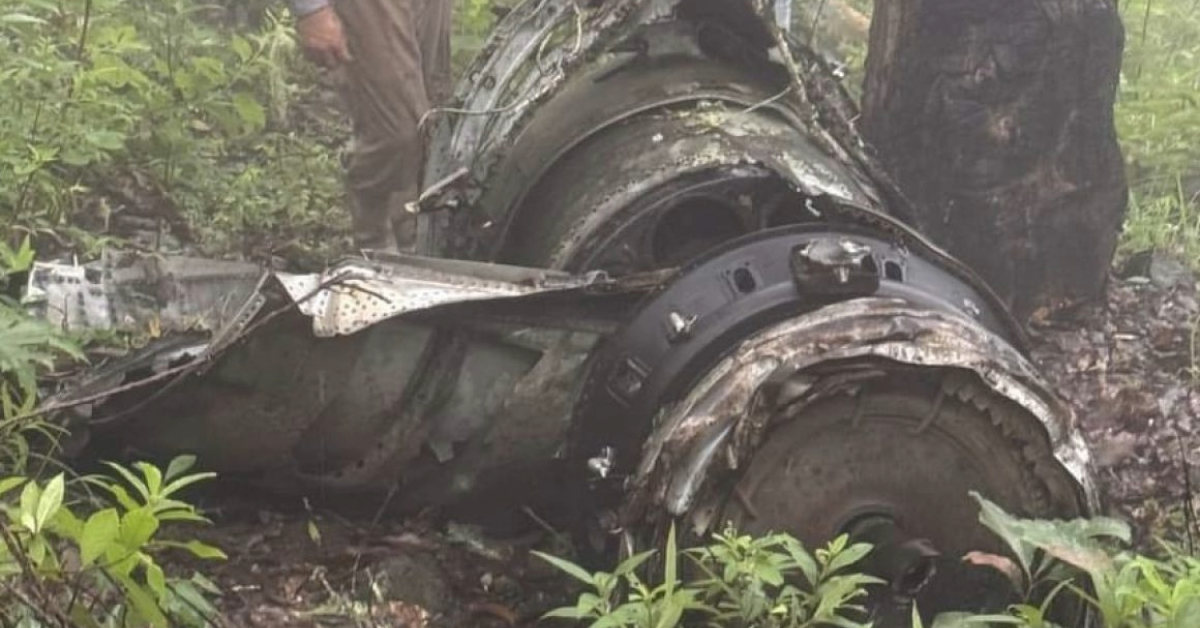Puerto Vallarta, Mexico – More than half a century after the tragic crash of Aeroméxico Flight 229, botanical biologists have discovered the long-lost remains of the aircraft in the rugged mountains of Jalisco. The discovery was made during a botanical expedition conducted by biologists from the Vallarta Botanical Garden on September 20, uncovering parts of the McDonnell Douglas DC-9 aircraft that crashed on June 20, 1973. This accident claimed the lives of 22 passengers and five crew members, marking one of the deadliest aviation incidents in Mexico’s Central Pacific region.
Flight 229 had departed from Houston International Airport, Texas, with its final destination set for Mexico City International Airport. The flight made scheduled stops in Monterrey, Nuevo León, and Puerto Vallarta, Jalisco, before the fatal accident that occurred during its approach to land at the Vallarta airport. At approximately 10:30 p.m. local time, the pilot established contact with the control tower at Puerto Vallarta and received clearance to land. However, less than 20 minutes later, at 10:47 p.m., the aircraft deviated from its descent path, colliding with the mountainous terrain approximately 37 kilometers (20 nautical miles) south-southeast of the airport. The crash caused the plane to break apart and ignite in flames, killing all 27 people aboard instantly.
Air traffic controller Alejandro Rojano, who was on duty during the crash, reported losing communication with the flight at 10:50 p.m., prompting him to alert Ramsa headquarters in Mexico City. According to reports from the subsequent investigation, the aircraft had failed to reduce its speed adequately while executing its descent pattern, overshooting the bay area and leading to the fatal impact with the mountainside.
For over five decades, the exact location of the wreckage remained elusive, gradually blending into the dense undergrowth of the Sierra del Tuito mountains. Despite various attempts to locate the remains over the years, challenging terrain and dense vegetation thwarted previous efforts.
In a serendipitous turn of events, Vallarta Botanical Garden biologists conducting research on the region’s flora stumbled upon wreckage pieces during their recent expedition. Among the items found were parts of the aircraft’s engine and fuselage, long-forgotten fragments left untouched in the remote mountain area between Puerto Vallarta and Cabo Corrientes. These remnants of Flight 229 serve as a stark reminder of a tragic event that shook Mexico’s aviation community and left a lasting mark on the Central Pacific region’s history.
The discovery offers a rare opportunity for further examination and reflection on the tragic accident, as well as potential historical and scientific insights. The Vallarta Botanical Garden team, whose expedition led to this discovery, expressed the solemnity and historical significance of their find, noting that the crash site represents a sobering connection to Mexico’s aeronautical history.
As authorities and historians continue to review the site, this accidental discovery reopens one of Jalisco’s most tragic aviation chapters, shedding new light on the fate of Aeroméxico Flight 229 and bringing closure to an event that left a lasting impact on the region.
Puerto Vallarta, Mexico – More than half a century after the tragic crash of Aeroméxico Flight 229, botanical biologists have discovered the long-lost remains of the aircraft in the rugged mountains of Jalisco. The discovery was made during a botanical expedition conducted by biologists from the Vallarta Botanical Garden on September 20, uncovering parts of the McDonnell Douglas DC-9 aircraft that crashed on June 20, 1973. This accident claimed the lives of 22 passengers and five crew members, marking one of the deadliest aviation incidents in Mexico’s Central Pacific region.












